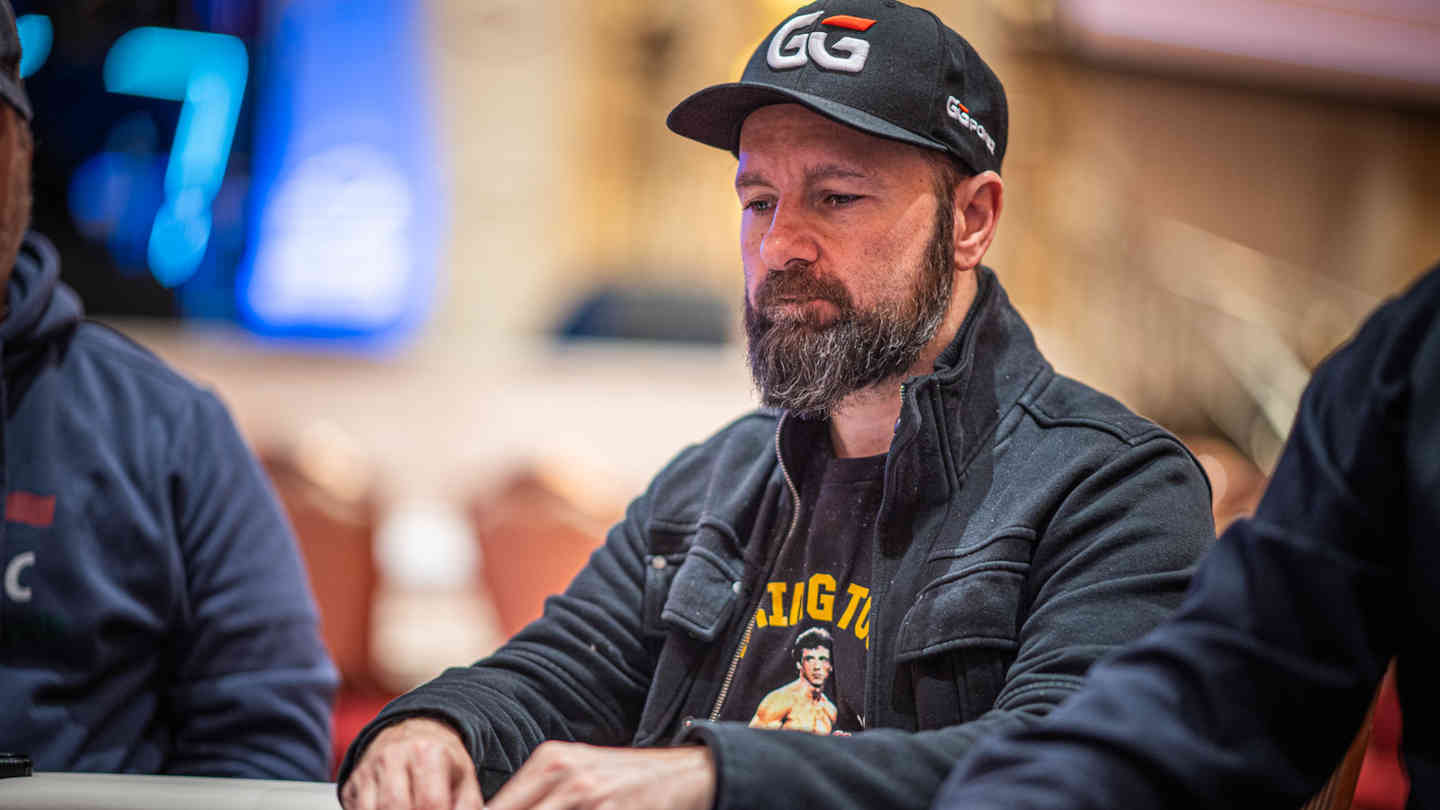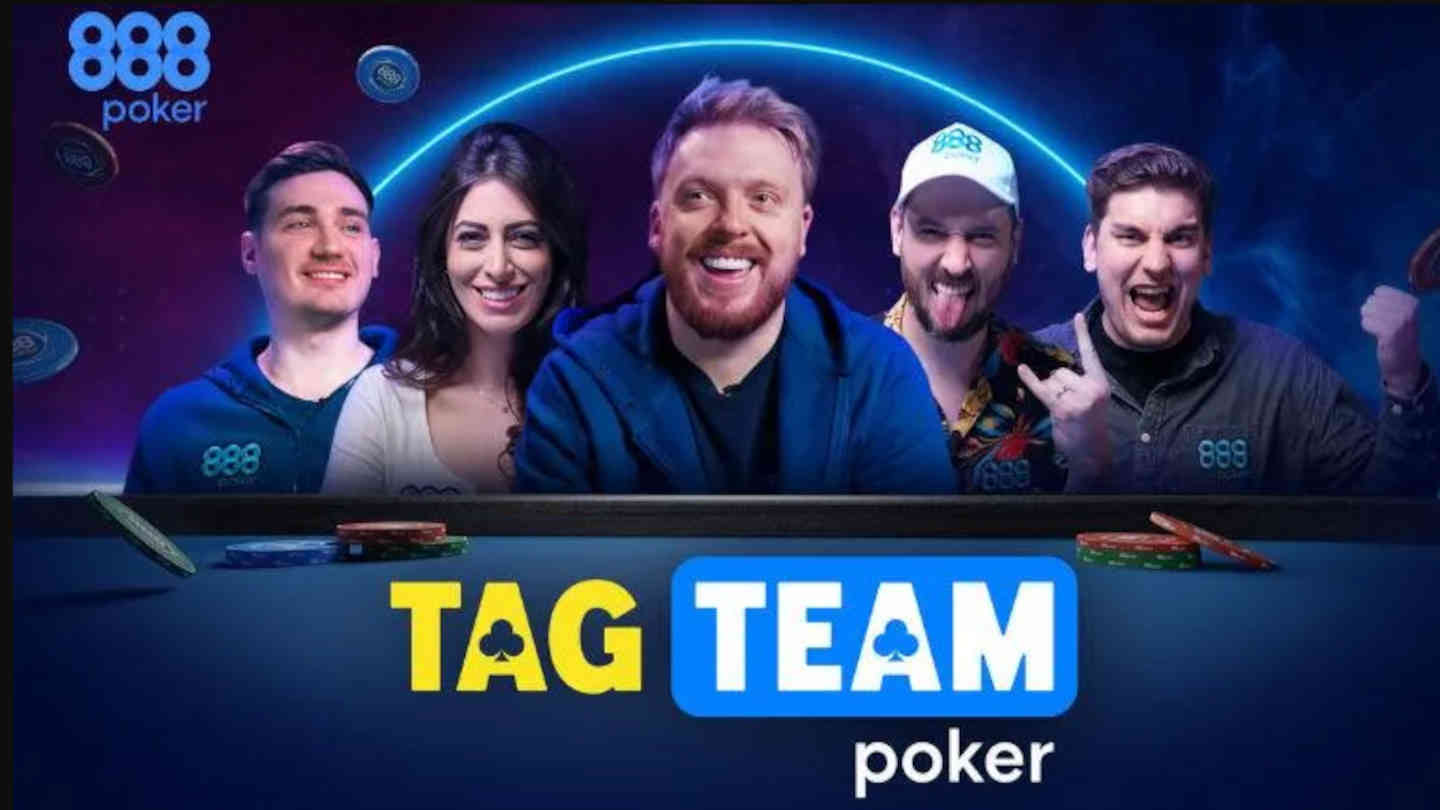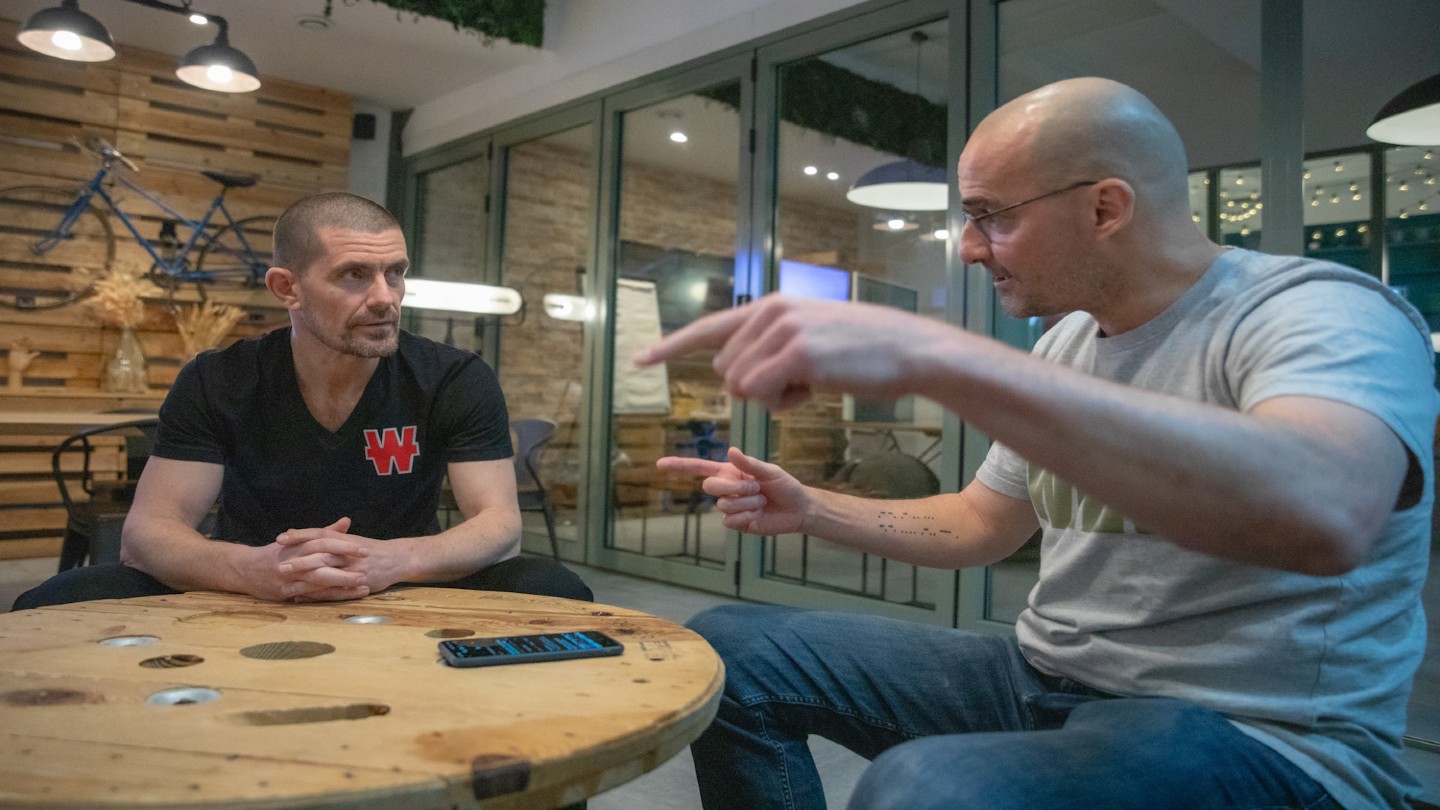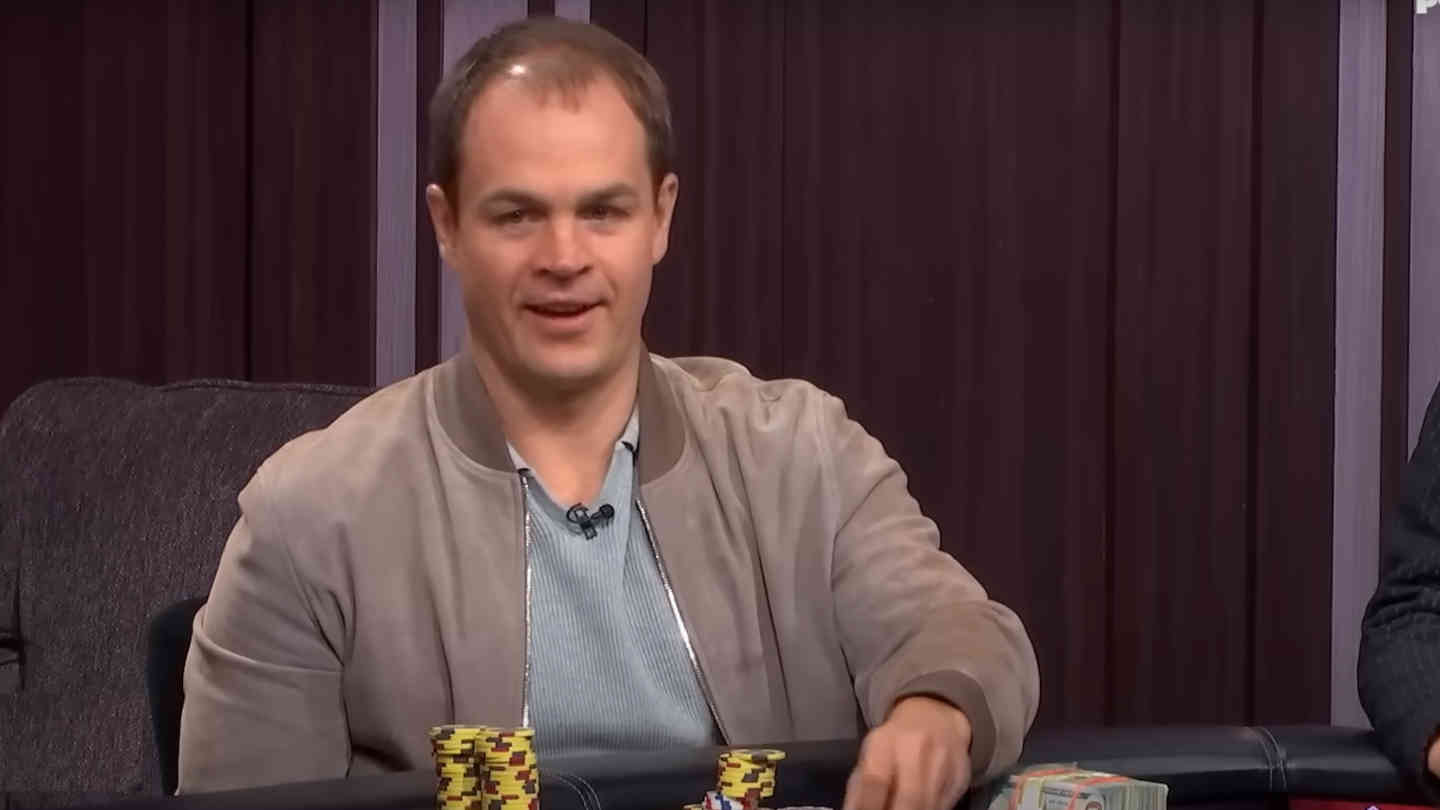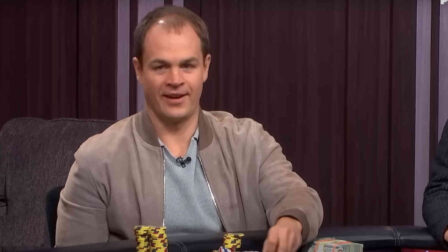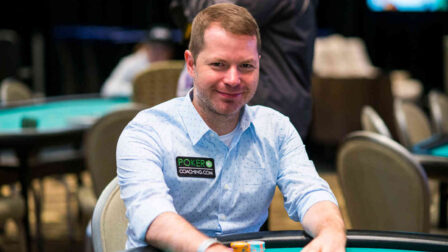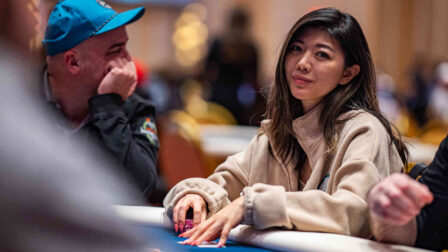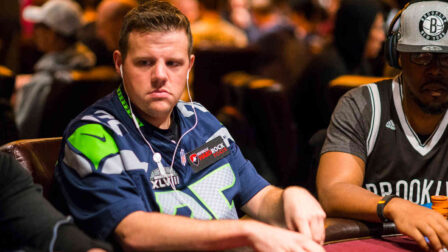Making GTO Adjustments for High Stakes Poker Tournaments
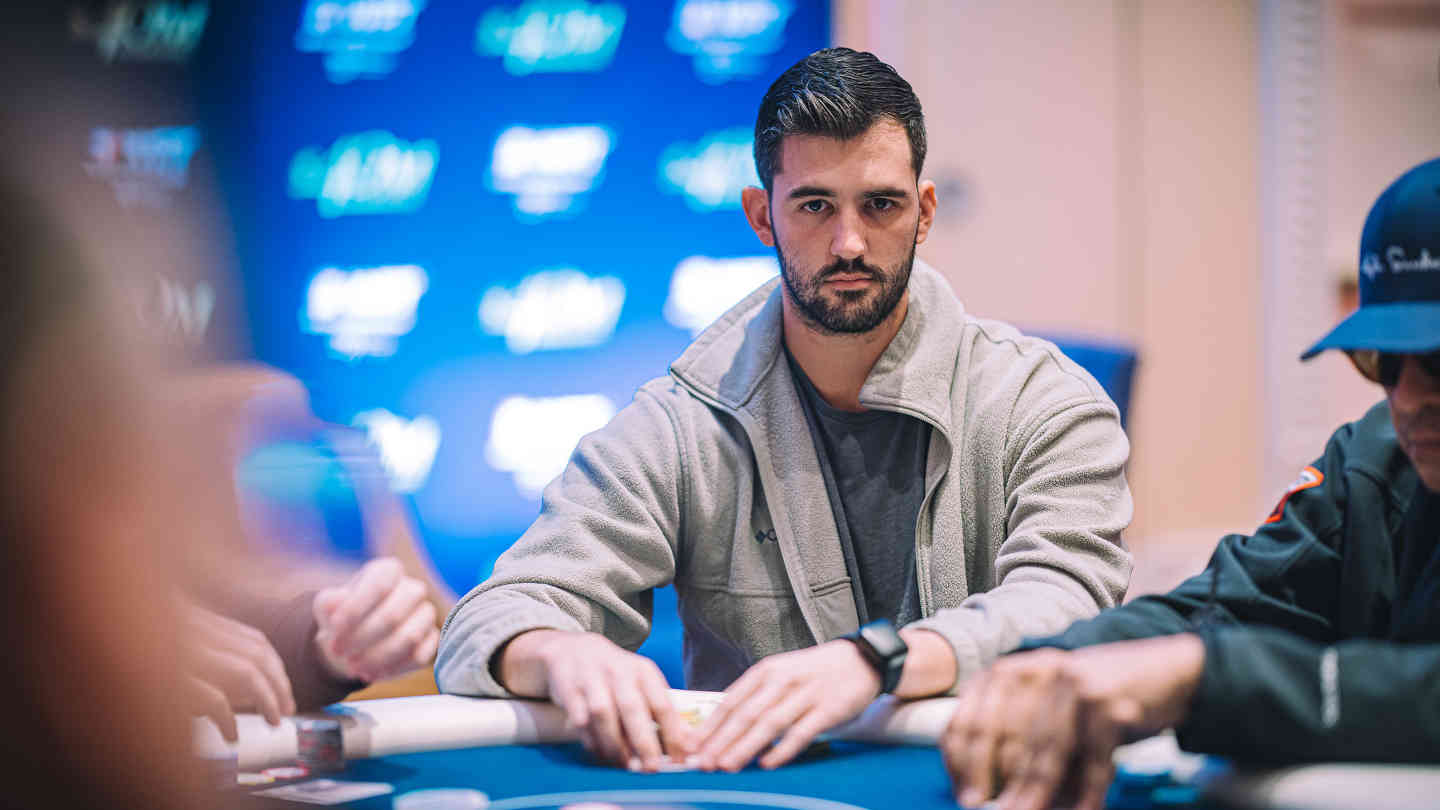
5 minutes
Last Updated: March 31, 2024
If you want to increase your edge at the tables even further, make sure to check the Pokercoaching training site.
…
At lower stakes, GTO may not be so important, as your opponents will make enough mistakes where you can exploit their tendencies and have a good win rate without it.
As you move up the stakes, however, the need for GTO adjustments becomes increasingly obvious. Other players you face regularly will understand and employ the GTO approach themselves, and if you don’t keep up, you’ll become the one being exploited.
Game Theory Optimal adjustments are a big topic that doesn’t fit into a single article, but today, I’ll focus on a couple of situations that crop up very frequently and provide you with some actionable tips for these scenarios.
Constructing Your Check-Raise Ranges in the Big Blind
The first situation will discuss deals with defending your big blind in tournaments, and we’ll look at it through the lens of one of my own hands.
We’re 40 big blinds effective, playing 2,500/5,000, and the button opens for a min-raise of 10,000. We’re in the big blind with K♠3♠ and make an easy call. The flop comes J♣10♦2♠.
We play it in flow and check it to the aggressor, who fires a small continuation bet of 7,000.
The decision is now back to us and I picked this hand because it’s a really good one to show how you can construct your check-raise ranges. We know that the button has a really wide range, which is the first building block of our strategy.
When it comes to check-raising on this particular board, we have a section of hands that are very easy to find: our strong Jx hands, natural draws like Q9 and 89, and gushots. However, these hands alone do not represent enough of the board coverage.
So, we need the third category of hands to include into our check-raising range, and these will be hands containing an overcard to the board and backdoor flushdraw, like K♠3♠ on this particular board.
Looking at the solver, we see that we want to raise a lot of our Jx hands, going as low as J6. This may seem like too much, but we’re up against the button who’ll be betting their entire range on this board, so hands containing a top pair are very strong.
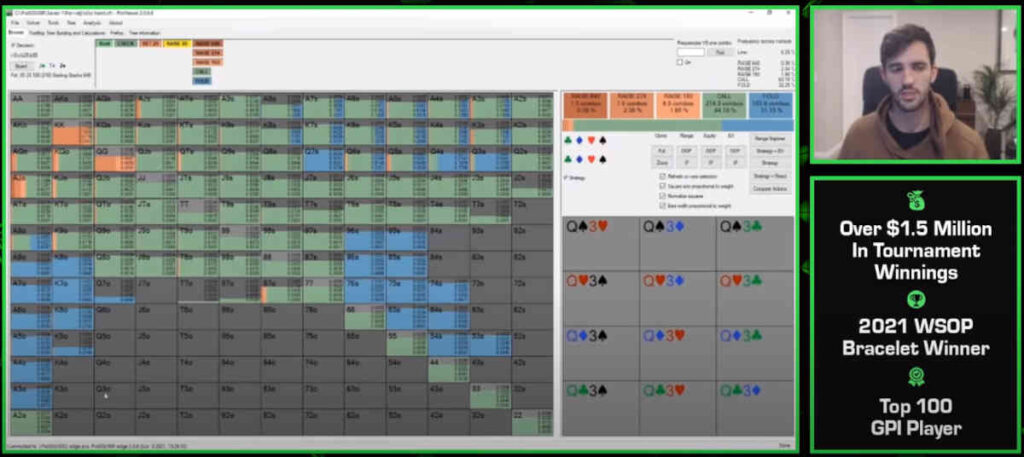
What we can also see is that the solver wants to check-raise with the type of poker hands that I’ve mentioned (an overcard and a backdoor draw of some sort) quite frequently.
The logic behind this is that if we only raise strong jacks and intuitive draws, when those draws complete on the turn, we won’t have any bluffs in our range. These types of hands give you board coverage for high EV turns.
Additionally, having a low card with your overcard gives you a better chance of folding your opponent’s offsuite hands as you’re not blocking any of those (like A8, A7, K8, etc.).
So, how do we approach turn spots after check-raising the flop and getting called? A general concept that applies here is that you need to have some equity to continue barreling out of position, whether you’ve had it on the flop and got it on the turn.
By check-raising the flop, you removed a lot of air hands, so your opponent’s range is pretty condensed going to the turn. Thus, we need some equity to continue against that range.
If the turn brings the backdoor flush draw with a card like 6♠, that makes our life easier as we can comfortably continue. If, however, we miss completely, we can just check and give up.
Playing as Aggressor on Boards With Range Advantage
The second example we’ll look at is a hand from a Bellagio $10,000 tournament, where we are the IP player driving the action.
With blinds 5,000/10,000, we open to 22,000 with 8♠6♠ from the hijack, and the big blind defends. We arrive at the flop of K♦7♥2♠, and they check to us.
This flop is good for the in-position player, so we can bet small with the entire range to start things off. This forces the big blind to fold all of their air, bringing equities much close going to the turn.
In this spot, we bet 15,000, the big blind calls, and the turn comes Q♦.
This is the first real decision point in the hand. In the previous section, I mentioned that when you are OOP, you need to have or turn equity to continue barreling. This doesn’t apply when playing in position.
In fact, IP, you want to have a lot of no equity bluffs, and the reason is simple. When you are in position, you get to check back and realize a lot of your equity. So, your bluffs should come more frequently from the no equity region of hands.
We want to bet big on the turns with hands that are unblocking hands that our opponent could have – different ace highs and pairs of 7s or 2s that didn’t turn a flush draw.
Looking at a poker solver, we can see that our value will come from strong kings and better (K9+). Our bluffs, on the other hand, will come largely from the section of hands that do not interact with the board.
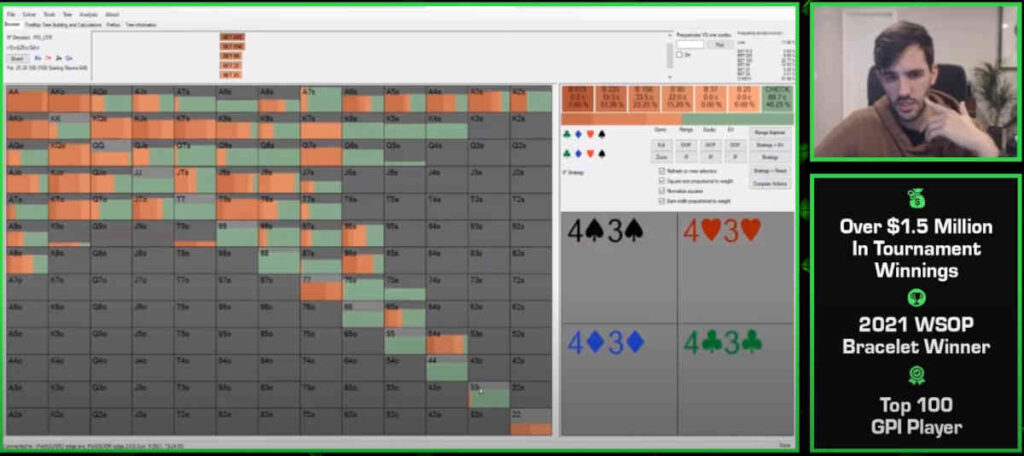
Barreling Turns With Turned Equity
The final hand for this lesson is another example of big blind defense that ties into the first example in terms of the need to turn equity to bluff out of position.
We defend against the button’s min-raise with 5♥3♠ and after the flop of Q♥6♥6♦ goes check-check, the turn comes 4♠, giving us an open-ended straight draw.
In this spot, when we bet, we’re going to be really polar, basically saying that we have a 6 or at least a queen. This means we want to go for a big bet size of the full pot. Since we are putting a lot of chips on the line, we need to have some equity.
When the opponent calls on the turn, our decision on the river will depend on what the final card is. We need to be very disciplined in these spots and be ready to give up on bad cards, even if we only have a 5-high.
In this particular spot, good cards to bluff are non-heart low cards that complete our straight draws.
The main takeaway is that we need to keep in mind how river cards interact with the turn probe range and make decisions based on that realization.








